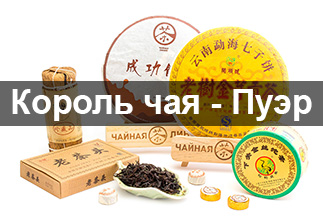Shu Puer "Contemplation" is an exquisite Chinese tea created to give connoisseurs a deep and multifaceted taste experience. Produced by the Tea Line company, this puer has a special character that is formed thanks to carefully selected raw materials and traditional production methods.
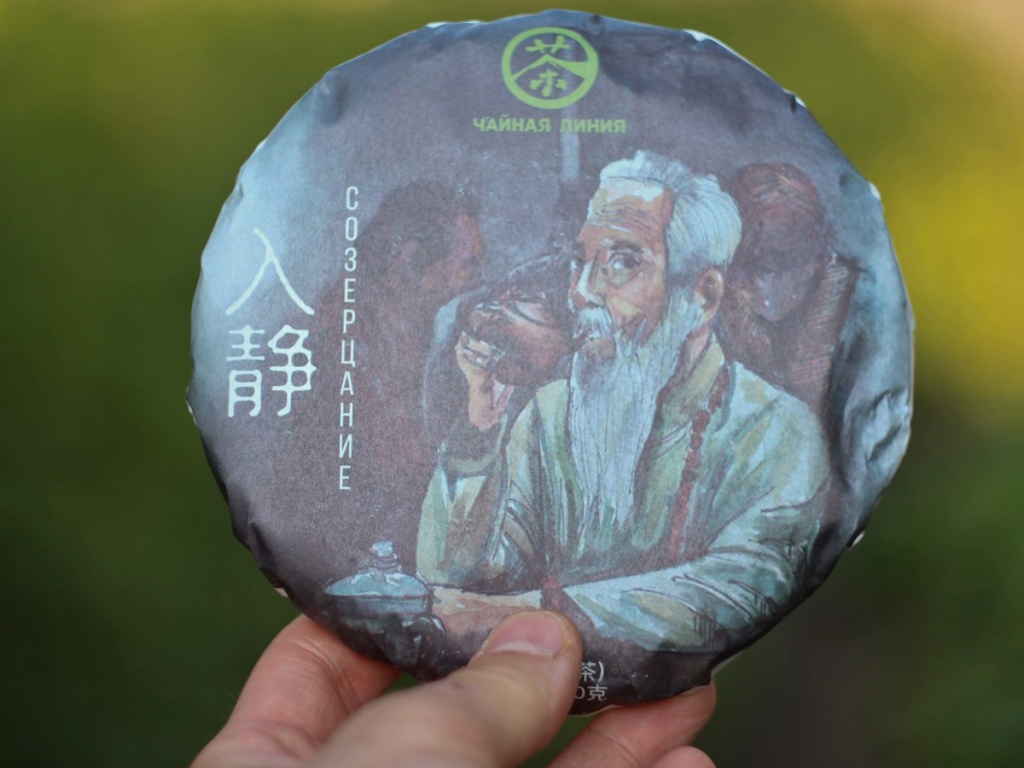
Selection of raw materials: treasures of Bulan and Jingmai mountains
To create "Contemplation", the best leaves from the Bulan and Jingmai mountains were selected - regions famous for their tea plantations. Blending of raw materials allowed to create a harmonious and balanced taste, which combines fruity, floral and woody notes.
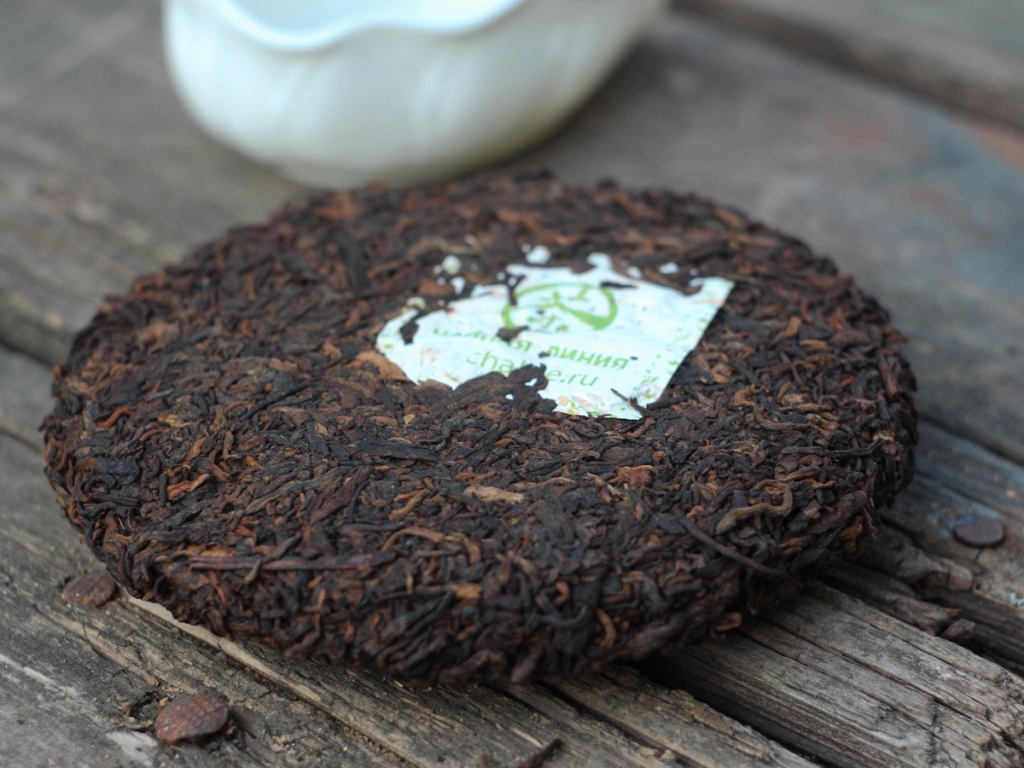
Traditional production methods
- Harvesting and Fermentation: The leaves are hand-picked and allowed to ferment naturally. This process gives the tea its characteristic dark color and rich flavor.
- Pressing: The rolled leaves are pressed into a 200 gram bincha (cake). Pressing helps the tea mature slowly and preserve its flavor.
Taste and aroma
Shu Puer "Contemplation" has a deep and complex taste. It can be distinguished by notes of tree bark, dried fruits, ripe fruits and light sweetness. The aroma of the tea is rich, with spicy and earthy shades.
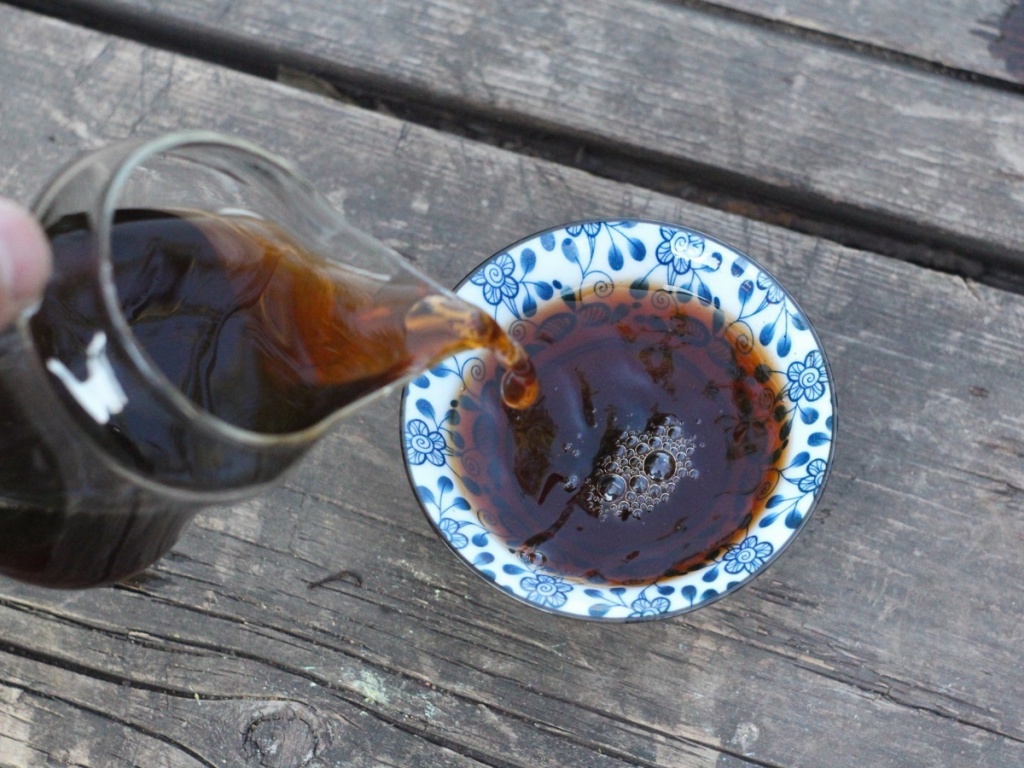
Effect on the body
Shu Puer is known for its beneficial properties. It promotes:
- Improving digestion: Promotes normal functioning of the gastrointestinal tract.
- Lower Cholesterol Levels: Helps maintain cardiovascular health.
- Boosts immunity: Due to its high antioxidant content.
- Improves mood: Promotes relaxation and stress relief.
How to brew
- Water temperature: 95-100°C.
- Brewing time: First brew – 15-20 seconds, subsequent brews – to taste, you can increase the brewing time.
- Amount of tea: 3-5 grams of tea is enough for one brew.
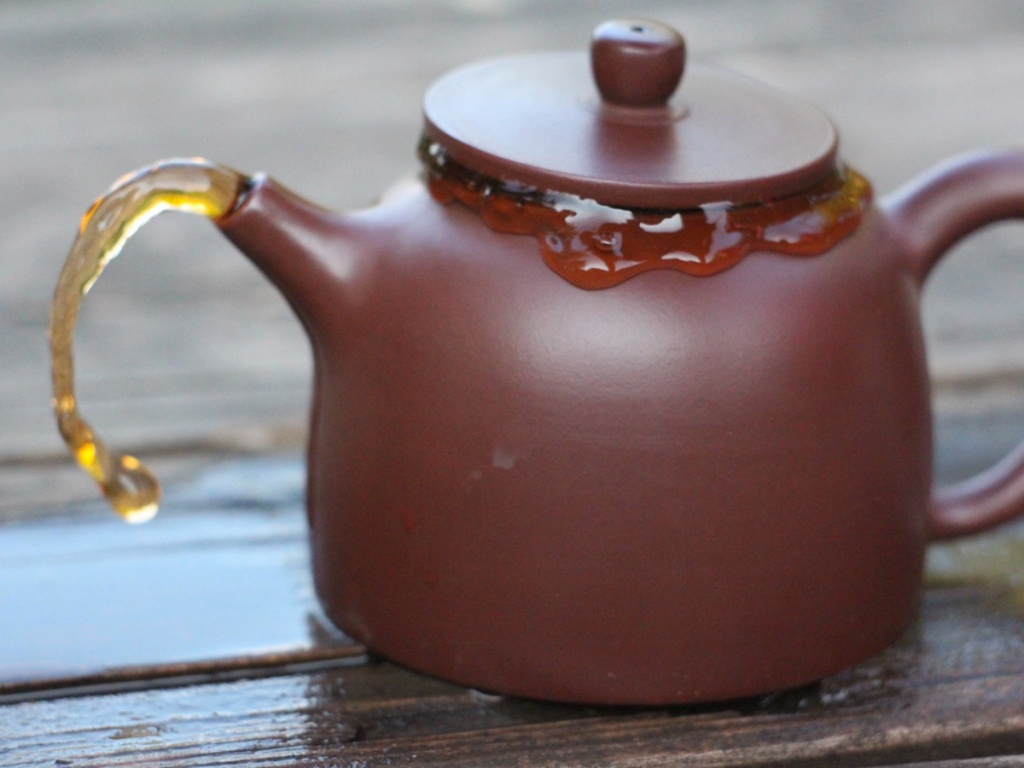
Storage
Shu Puer "Contemplation" is a tea that only gets better with age. For storage, it is recommended to use a tightly sealed container and store the tea in a dry place, protected from direct sunlight.
Shu Puer "Contemplation" of the brand "Tea Line" is a real gift for connoisseurs of deep and rich tastes. Its unique character, created thanks to carefully selected raw materials and traditional production methods, makes it an indispensable companion for those who value quality and authenticity.
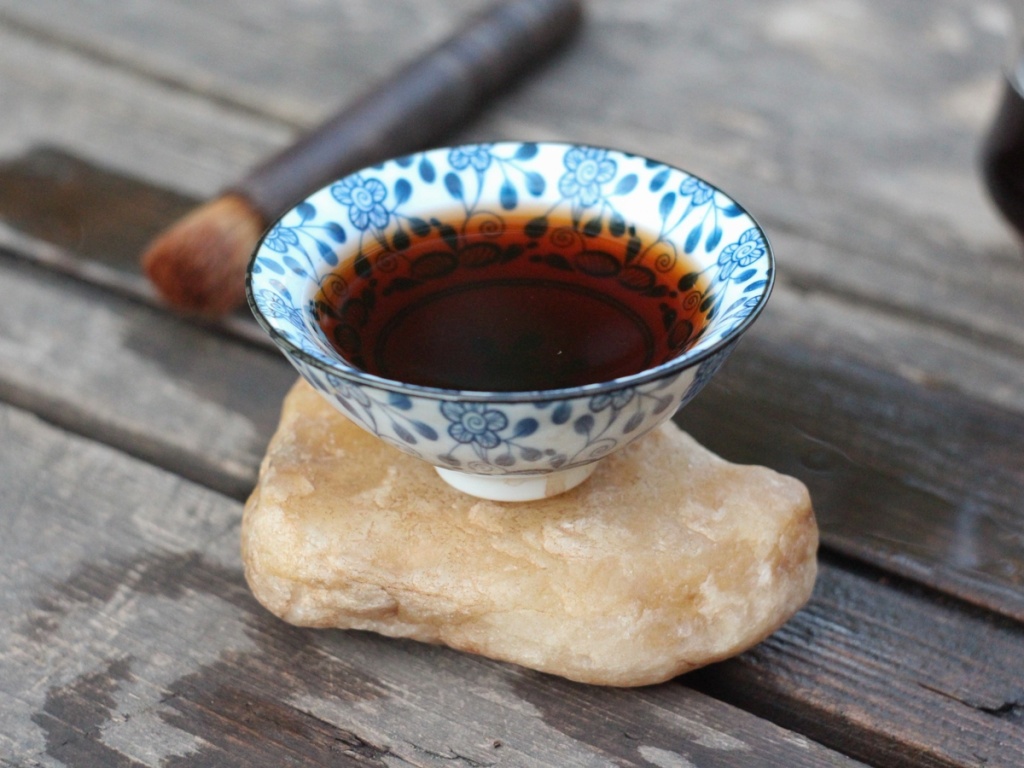
|
Country
|
China |
|
Provinces
|
Yunnan (云南) |
|
Manufacturer
|
Чайная Линия |
|
Raw material production date
|
Spring 2023 |
|
Year of pressing
|
2024 |
|
Pressing form
|
Bing Cha (Cake Tea) |
|
Declared weight, g
|
200 |
|
Fermentation method
|
С отрывом от земли |
|
Type of tea raw material
|
Large trees (100-300 years) |
- Комментарии
- Вконтакте
Pu-erh is one of the most unique types of tea, which only gets better with age. Many people, when they first encounter this tea, wondered: why is pu-erh more often found in pressed form (cakes, bricks, tochas), and not in loose form? The reasons for this are related to both history and the practical aspects of storing and fermenting tea. Despite modern technologies that allow the production of loose pu-erh, the shape of pressed cakes remains unchanged. And pu-erh is more often found on sale in pressed form, for example, in the form of cakes or bricks, and loose pu-erh is less common. We will talk about the reasons for pressing pu-erh into cakes in this article.
Puer is a unique Chinese tea that is distinguished by its depth of taste, complexity of aromas and versatility of aftertaste. Its taste characteristics are formed under the influence of many factors, from growing conditions to the brewing method. Let's look at the main ones.
Over time, some consumers who are part of the country's "tea elite" discover mainland Chinese tea. And only a few get acquainted with Taiwanese varieties. The path of a tea person is usually long and thorny, but ultimately it leads to the King of Teas - puer. But not everyone is able to go all the way from ordinary teas to puer and appreciate its qualities.
The tea ceremony occupies a special place in the centuries-old Eastern tradition. And although the essence of this phenomenon remains constant, the nature and external manifestations of the tea ceremony in different nations have their own national characteristics. In each Chinese province, the tea ceremony and the tea used in it are varied: for example, residents of the southern provinces prefer green tea, and residents of the northern provinces - red tea, in Fujian province they more often use Oolong tea, and in Yunnan province Puer tea is widely known.












